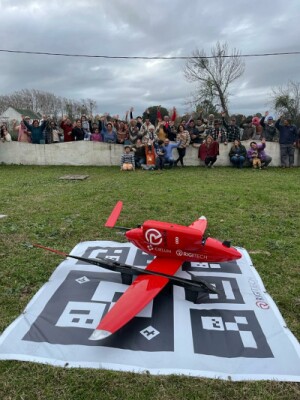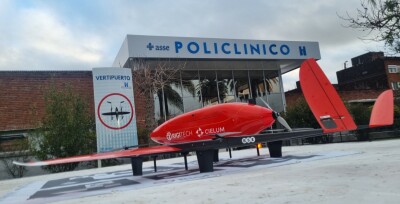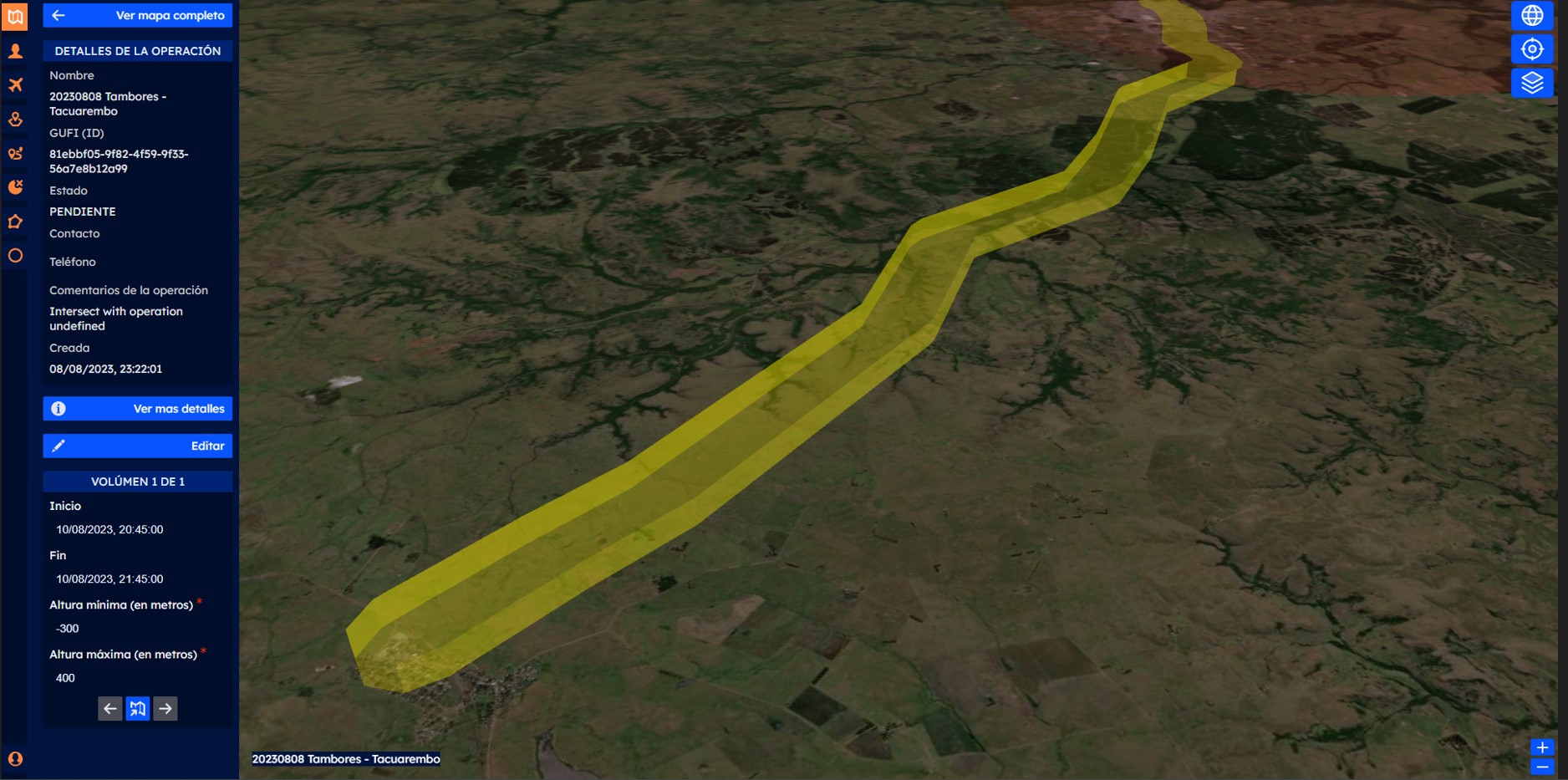We all dream of the day when crewed and uncrewed aircraft safely share the national airspace (NAS) in a coordinated dance of small package deliveries, private planes, air taxis, and commercial airliners.
Unfortunately, it seems to be a dream that keeps eluding us, and every day that passes brings a new obstacle or perhaps a reason not to pursue it too vigorously. One thing is for certain: if we are planning to add hundreds if not thousands of non-piloted aircraft to the NAS, it must be done without adding extra work to the already burdened air traffic control (ATC) system.
 Recent headlines are giving reason to pause and analyze what is happening to the current system as it is before we add anything to it. Exhausted air traffic controllers, an aging infrastructure, and young pilots with just enough experience to comply with Federal Aviation Administration (FAA) guidelines are ingredients in a dangerous brew that we hope will not result in a major accident any time soon.
Recent headlines are giving reason to pause and analyze what is happening to the current system as it is before we add anything to it. Exhausted air traffic controllers, an aging infrastructure, and young pilots with just enough experience to comply with Federal Aviation Administration (FAA) guidelines are ingredients in a dangerous brew that we hope will not result in a major accident any time soon.
In order to add uncrewed aviation to the existing ATC environment, we must first develop a separate, but coordinated, uncrewed traffic management (UTM) system that will replace the pilot’s functions in terms of aircraft separation and operation safety.
Over the past seven years, we have heard of many companies working on UTM systems but one in particular, Cielum in Uruguay, caught our attention as they embarked in an ambitious program to develop advanced air mobility (AAM) traffic architectures to enable logistics such a cargo and passenger carrying services. We connected with Sebastian Macias, founder and CEO of Dronfies Labs, the holding company that owns Cielum, for a fascinating conversation about their UTM technology in particular and the industry in general.
As a reminder that Cielum is currently in active operation of delivery drones in Uruguay, our video call was delayed 15 minutes while Macias solved an operational issue with a drone that lost connection with the system for a few seconds and triggered a safety protocol that required his attention.
“My degree is in computer science, but in 2015 I knew that the future was in non-piloted aircraft and decided to focus on it,” Macias said. “In 2017, we founded the company Dronfies with a mandate to develop systems that would efficiently manage low-altitude airspace for civil aviation and air navigation services, ensure safe and compliant drone operations, simplify regulatory compliance for drone activities, and ensure trusted collaboration with aviation authorities for a seamless integration.”
It sounds like a very ambitious agenda for a small startup in a country in Latin America, but, as we have seen before, uncrewed aviation does not have natural barriers, and aerospace talent is spread evenly all over the globe.
“We started making inroads in industries such as agriculture, forestry, and construction by understanding their workflows and introducing technologies that would make their operations more efficient and profitable,” Macias said. “Our first big break came in 2020 when we were contacted by the UNICEF Innovation Fund to help them create distribution corridors for humanitarian assistance with drones in Sierra Leone.”
 That international assignment gave Cielum the exposure necessary for them to start working with the National Aeronautics and Space Administration (NASA) in the United States and the European Aviation Safety Administration (EASA) in order to develop technology that would bridge operations of crewed and uncrewed aviation. In short, Cielum was able to develop protocols that were compliant with Corus U-1 and U-2 standards. (The Corus concept of operations (conops) is a set of rules and guidelines developed by the SESAR Joint Undertaking in 2019 to frame the conditions under which it will be safe to add non-piloted aircraft to the European Union skies.)
That international assignment gave Cielum the exposure necessary for them to start working with the National Aeronautics and Space Administration (NASA) in the United States and the European Aviation Safety Administration (EASA) in order to develop technology that would bridge operations of crewed and uncrewed aviation. In short, Cielum was able to develop protocols that were compliant with Corus U-1 and U-2 standards. (The Corus concept of operations (conops) is a set of rules and guidelines developed by the SESAR Joint Undertaking in 2019 to frame the conditions under which it will be safe to add non-piloted aircraft to the European Union skies.)
“Once we had U1 and U2 standards secured and the cellular network in Uruguay reached a level of safety that guaranteed connectivity at all times, we launched our drone delivery service,” Macias stated. “The hardest challenge we had was the coordination with agricultural traditional spraying aircraft which occupy the same altitudes of delivery drones. At that point we created the concept of ‘volume reservation’ in which every uncrewed flight would create a reservation of airspace for a certain time and on a certain corridor. This information is distributed publicly and is available to any operator flying in the same area.”
Not only was the system extremely efficient and successful but it allowed the civil aviation authority in Uruguay to make the information available to the public through a live website that has every uncrewed flight in the country at all times.
“This information was made available to the pilots of agricultural aircraft to make them aware of any uncrewed operations in the vicinity of their flight paths which created the concept of ‘strategic conflict’ avoidance.  This procedure allows the pilot to review the information on the ground before takeoff and plan his/her flight accordingly,” Macias said. “The other alternative is ‘tactical conflict’ avoidance which is an active system on board that alerts the pilot when an uncrewed aircraft is in the vicinity of its flightpath, but we still don’t have all the necessary technology to make this option available today and we also know that adoption could be slow.”
This procedure allows the pilot to review the information on the ground before takeoff and plan his/her flight accordingly,” Macias said. “The other alternative is ‘tactical conflict’ avoidance which is an active system on board that alerts the pilot when an uncrewed aircraft is in the vicinity of its flightpath, but we still don’t have all the necessary technology to make this option available today and we also know that adoption could be slow.”
All legal uncrewed operations in Uruguay are required to file this volume reservation prior to takeoff, and now every pilot flying over Uruguayan airspace has access to this information. All of these details are covered in the Uruguayan UAV Conops published in 2021, which Cielum helped develop and deploy.
As we can see, daily uncrewed operations are happening in Uruguay in relatively safe coordination thanks to the development of certain rules and adherence to them without the intervention of ATC as the country evolve towards something better. What Cielum has done in Uruguay is a model that can be copied in other parts of the world where not-so-crowded NAS’s allow for a moderate number of aircraft to operate in coordination. All this data will one day allow the FAA and EASA to emulate the Uruguayan success in the busy skies over North America and Europe.
In the meantime, Commercial UAV News will continue covering these success stories to motivate more development in an effort to get closer to the dream of a fully integrated aviation industry.















Comments